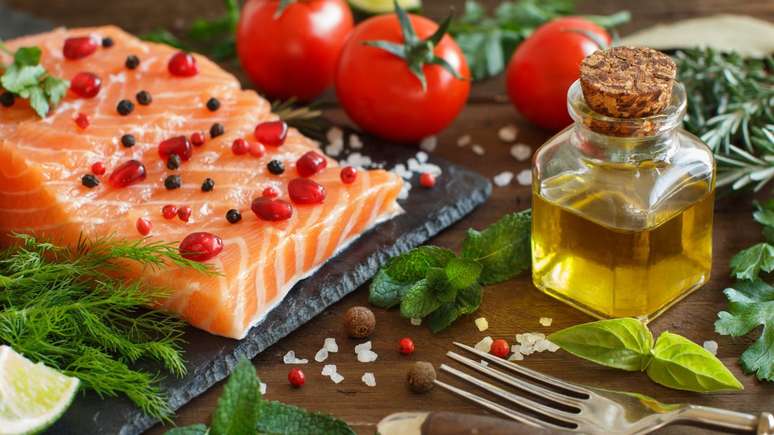Why can high LDL cholesterol be dangerous? Understand how to reduce it with food
LDL cholesterol is essential for the body when it falls within the ideal values. Take part in the production of hormones, vitamin D and bile, helping to digest fat. However, when it is in excess, it can accumulate on the walls of the blood vessels, forming fat plates that make circulation difficult. This condition increases the risk of heart attack and stroke (stroke) – and that is why LDL is called “bad” cholesterol.
Excess is dangerous
Cholesterol circulates in the blood attached to proteins. HDL, also called “good cholesterol”, helps the fat of the liver process and eliminate toxins. LDL (or “bad cholesterol”), when high, deposits in the arteries, compromising circulation.
The high LDL has no symptoms. The only way to confirm is through the blood test that evaluates total cholesterol and fractions. Some factors increase suspicion, how to be overweight; have a diet rich in fried foods, fatty meats, sausages, drinks and desserts; and maintain a sedentary lifestyle.
Habits that help control the LDL
In addition to food problems, the influence of genetic factors: about 70% of cholesterol is produced by the liver and 30% come from the diet. There are some behaviors that help to control the LDL levels in the blood, such as: physical exercise regularly; Avoid saturated and trans fats; Do not smoke; and reduce the consumption of ultra -elaborate foods.
Take a look at 10 foods that help reduce bad cholesterol and that you can incorporate into your menu:
- Fish rich in omega 3: Salmon, tuna and trout reduce LDL and improve circulation. You prefer grilled or cooked;
- Oats: Contains Betaglucan, fiber that reduces the absorption of cholesterol;
- Olive oil: source of oleic acid, HDL and LDL balance;
- Artichoke: Rich in fibers that help control LDL and triglycerides;
- Linseed seeds: Rich in omega 3; It should be ground to release nutrients;
- Soy: Found in drinks, tofu and other products, it helps to control cholesterol;
- Avocado: Source of monounsaturated benefits
- Tomato: Rich in lycopene, powerful antioxidant (better absorbed when cooked);
- Garlic: It can reduce cholesterol up to 10% and adjust blood pressure;
- Nuts: increase hdl and reduce LDL; Consume 3 to 4 per day.
The importance of balance
Maintaining LDL cholesterol under control does not mean eliminating all fats, but choosing the right and adopting healthy habits. A balanced diet, combined with regular exams and medical advice, is the best way to protect the heart and guarantee greater quality of life.
Source: Terra
Ben Stock is a lifestyle journalist and author at Gossipify. He writes about topics such as health, wellness, travel, food and home decor. He provides practical advice and inspiration to improve well-being, keeps readers up to date with latest lifestyle news and trends, known for his engaging writing style, in-depth analysis and unique perspectives.




![A more beautiful life in advance: Laura a victim of bad luck?… What awaits you in the week of October 20-24, 2025 [SPOILERS] A more beautiful life in advance: Laura a victim of bad luck?… What awaits you in the week of October 20-24, 2025 [SPOILERS]](https://fr.web.img2.acsta.net/img/6d/6b/6d6b378ffddf3577e6eecf22ca973fa1.jpg)
